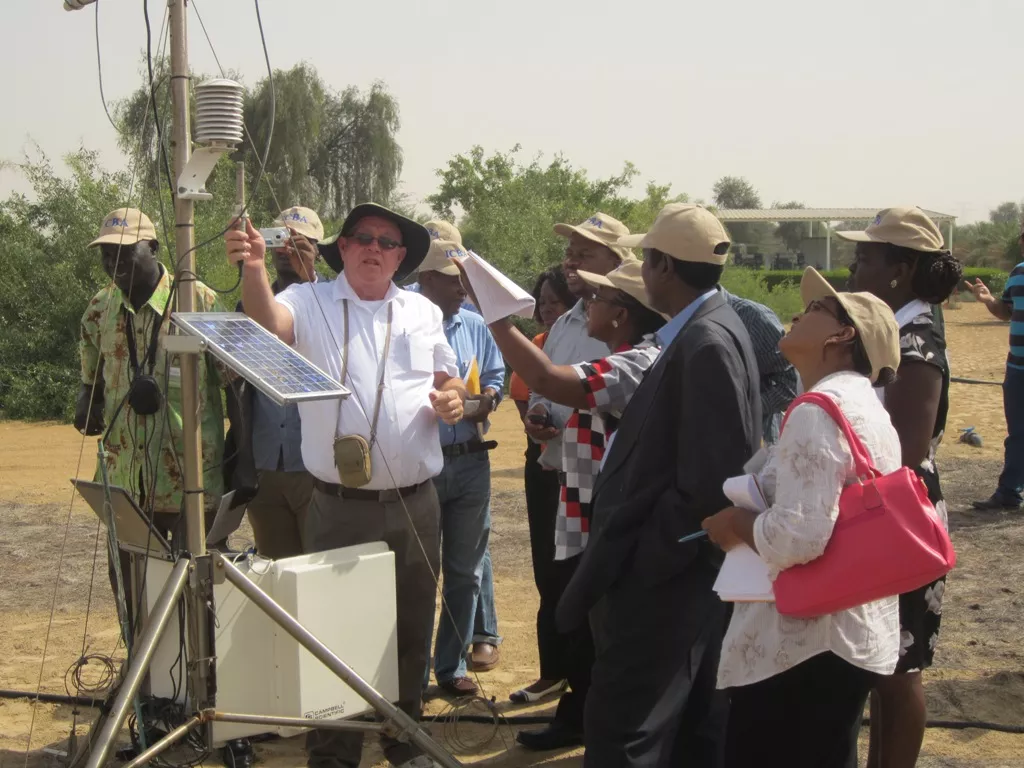Enhancing Small-Scale Irrigation Technologies and Management in Saline Areas in Africa
Food production accounts for 90% of water use in developing countries. So availability of water resources is the major factor limiting agricultural sustainability, poverty reduction, and economic development in many countries. Despite increasingly efficient water use in many developed countries, the demand for fresh water has continued to climb as the world’s population and economic activity have expanded. Irrigation is seen as a necessary technique without which agricultural production would be practically impossible in dry countries, or as a means to increase productivity and cropping intensity and to favor crop diversification in the most humid countries.
Africa has a total land mass of about 30.7 million sq. km. and a population exceeding 746 million. Prime land occupies about 9.6% of Africa and the lands with high potential occupy an area of about 6.7%. The medium and low potential lands occupy 28.3% of the area and have major constraints for low-input agriculture. Resource-poor farmers who live on these lands have high risks and generally, the probability of agricultural failure is high to very high. The remaining about 55% of the land consists of deserts or other lands with major constraints even for low-input agriculture. In the arid and semi-arid parts of Africa, salinity and alkalinity is a major problem affecting about 24 % of the continent. Therefore, lower-cost, more water-efficient irrigation technologies have the potential to rehabilitate salinized areas in Africa and significantly improve food security and family incomes.
The general objective for the course is to increase participants’ knowledge of small-scale irrigation management for the benefit of improved land management of small farms and lands affected by salinity in Africa.
The specific objectives are to provide knowledge about:
- Evaluating lands affected by salinity
- Developing proper management of land and water resources
- Utilizing modern water-saving and low-cost irrigation systems
- Rehabilitating lands affected by salinity
- Analyzing the water productivity on small farms
- Introducing salt-tolerant crops with an economic value for salt-affected lands
- Monitoring the success of the adapted rehabilitation strategies of salt-affected lands
Organizers
- Arab Bank for Economic Development in Africa (BADEA)
- International Center for Biosaline Agriculture (ICBA)
Event Coordinator
Dr. Shoaib Ismail, Mr. Ghazi Al Jabri











